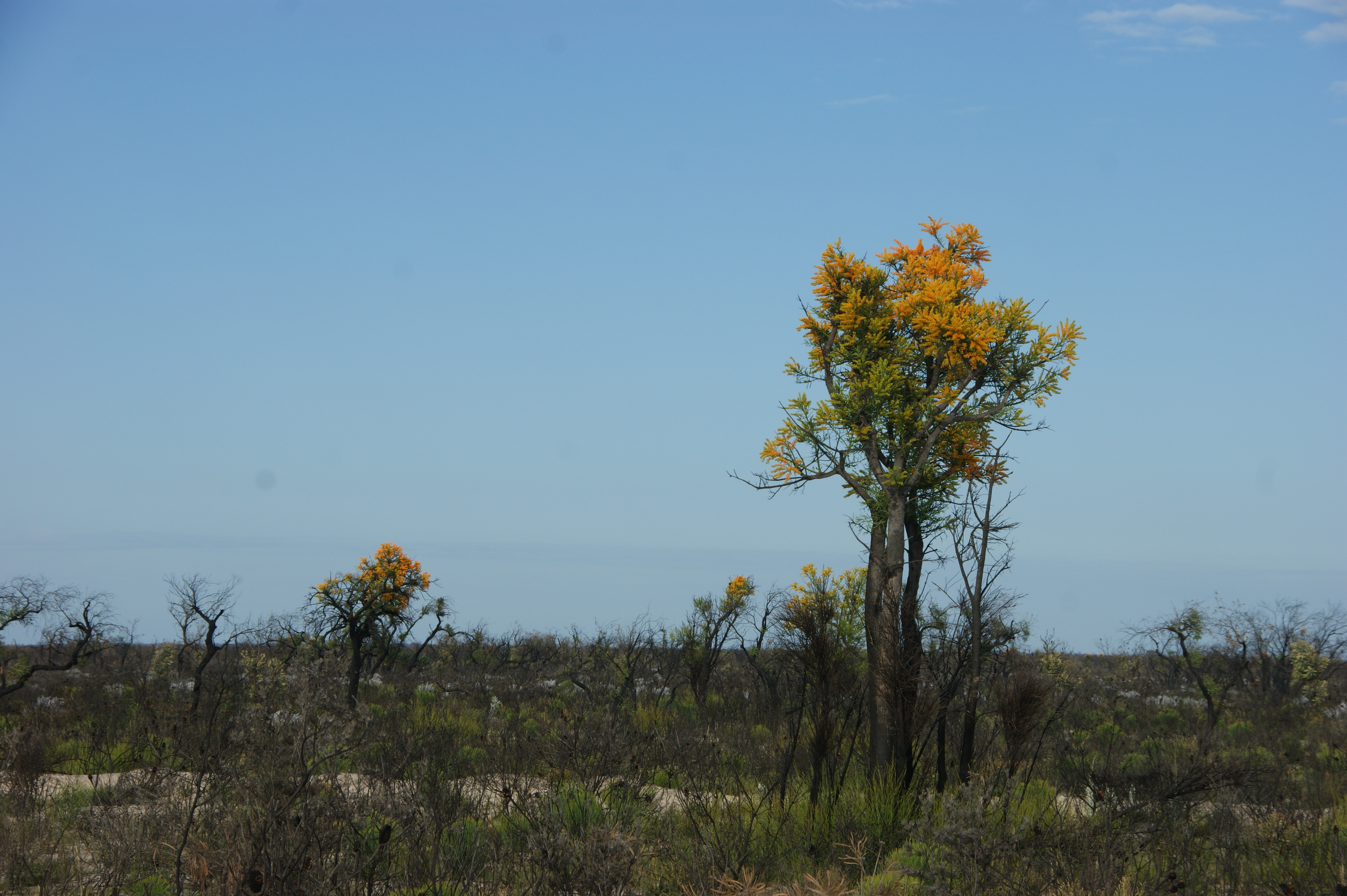
In writing this blog, I’ve never hidden my politics, but mostly kept them at least in the background, not that we don’t all quite often discuss problems of race, gender and to a lesser extent, equity.
However, on an ANZAC Day 2024, while our ‘Labor’ government is supporting Israel and the US in their racist genocide in Occupied Palestine, to not be “political” is itself a political position. In just six months the IDF has killed tens of thousands of Palestinians in Gaza – I think 40,000 dead including 15,000 children is the current official figure – and herded almost the entire 2 million population into one city, Rafa, which it continues to bomb.
Meanwhile, and mostly out of sight of the press, Israeli settlers with the support of the IDF continue to murder and kidnap Palestinians in the West Bank and to steal their homes and land.
The response of our government has been to engage in performative chidings of the Israelis while continuing to supply them with arms and handing over the best part of a billion dollars to Israeli arms firm, Elbit Systems.
Like Australia, Israel is a settler-colonialist outpost of western imperialism built on genocide, ethnic cleansing and theft, now operating in a way that is inseparable from the US war machine, and inseparable from the West’s ongoing empire building in the Middle East
Caitlin Johnstone, 10 April 2024
I was going to write a post describing the ‘new’ empire which rose in the twentieth century to replace the quickly fading British Empire; “the military industrial complex” US President Eisenhower christened it in 1961; which retains hegemony over the Middle East to this day, supporting dictators and overthrowing popular governments; using Israel to counter-balance Iran.
… and drawing a straight line from Britain’s takeover of Palestine from the Ottoman Empire, with the participation of Australian Light Horse units, straight after the failure of Gallipoli; through the 1917 (British PM) Balfour Declaration of Palestine – then with a largely Arab population – as a “national home for the Jewish people”; Jewish terrorism until they were granted statehood in 1948 (not that it ever ended); the first genocide of Palestinians by Israelis, the Nakba of 1948 which saw 750,000 Palestinians evicted from their homes; the constant violence of Israeli settlers taking over the West Bank bit by bit; Israel’s apartheid regime in Occupied Palestine; through to the genocide taking place before us now in Gaza – today’s news is that the bodies of children are being dug up in the ruins of hospitals, murdered with their hands tied behind their backs – all in the name of preserving a Western enclave in Arab heartland.
… and drawing a line too from Labor-traitor WWI Prime Minister Billy Hughes to Prime Minister Albanese today, handing billions to US and British arms manufacturers for no noticeable benefit to anyone here (except ministers planning to retire into military-industrial directorships).
But that is as much as I have time to write, before I return to work.
It is often asked how the Germans could support Hitler during the Holocaust. That is a question we must now ask ourselves.
Comments are turned off for this post











